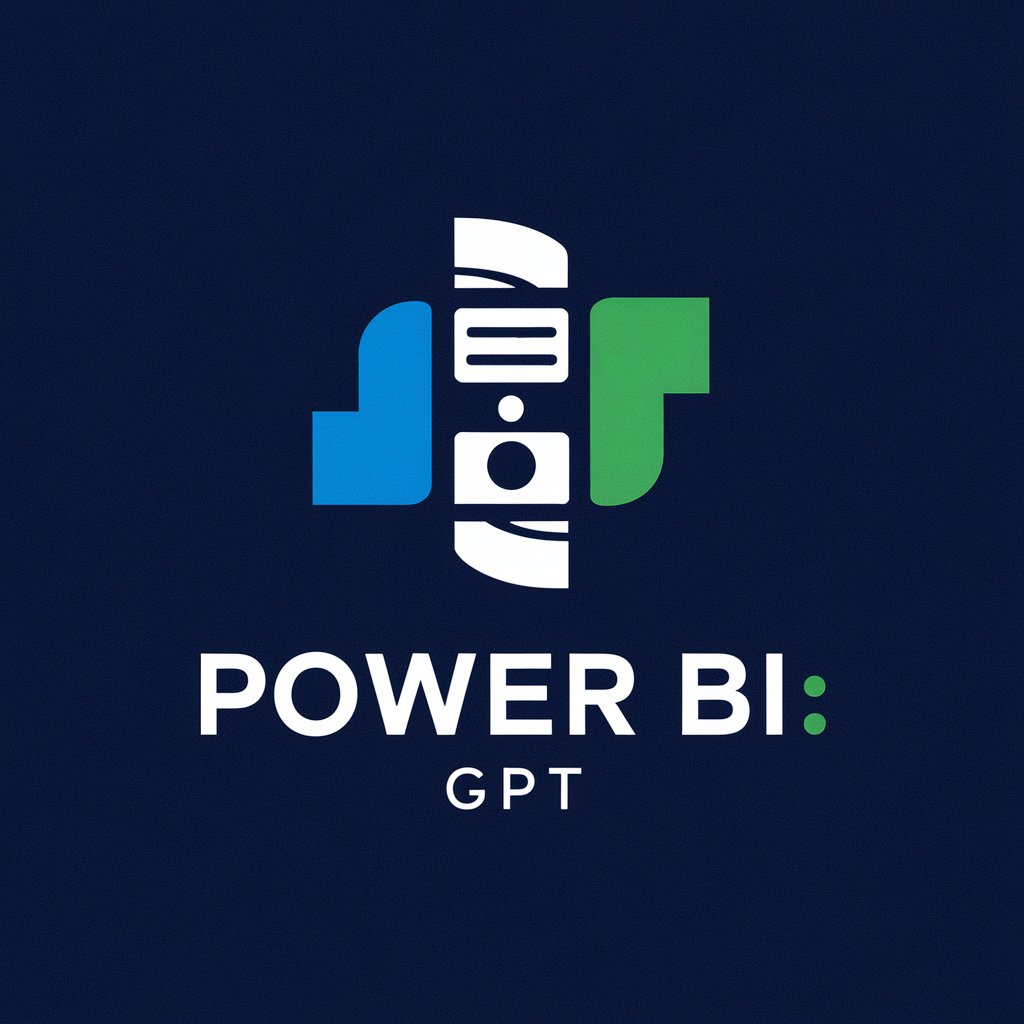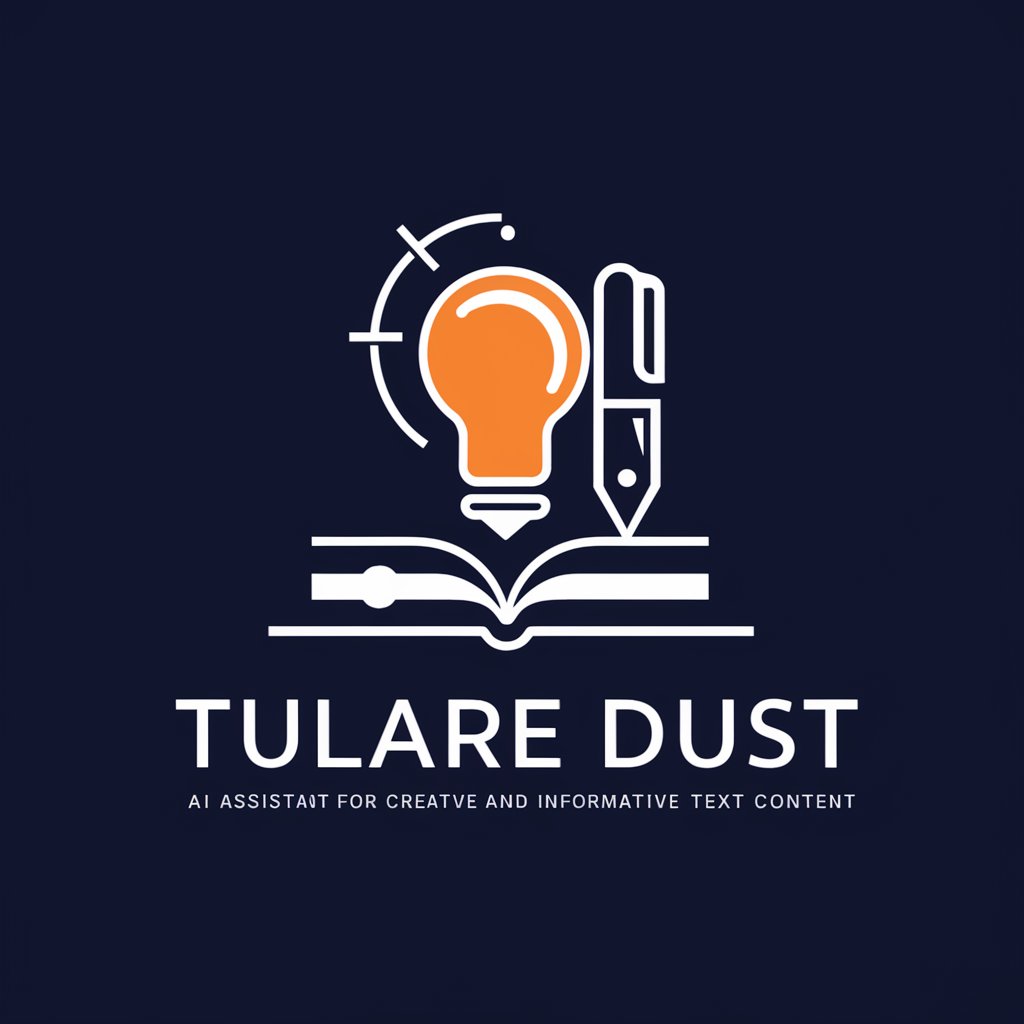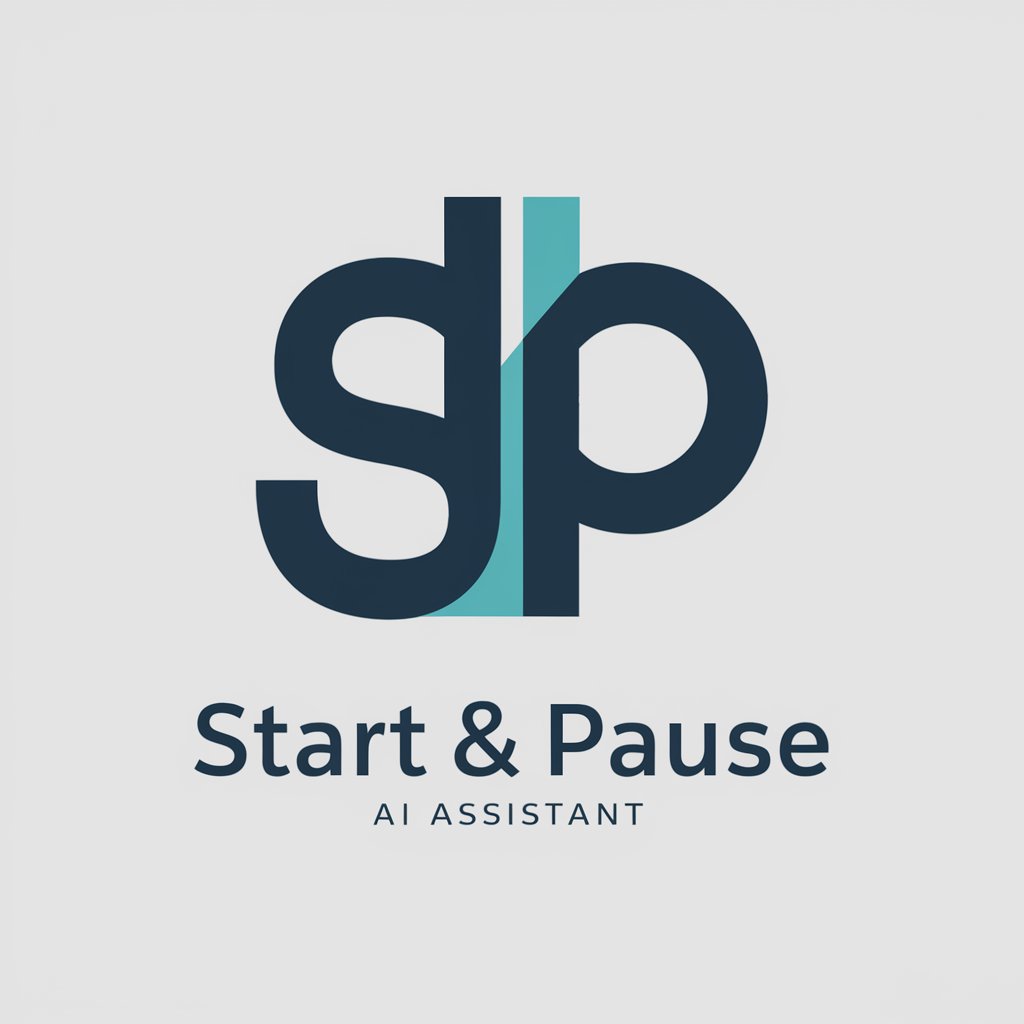Language Metaverse - Phonetic Similarity Analysis

Welcome! Let's explore the fascinating world of language connections together.
Explore linguistic connections powered by AI.
Explore the phonetic connections between 'cat' in English and other languages.
Find words similar to 'agua' in different languages.
Show the phonetic similarities for 'fire' across several languages.
Discover the linguistic connections between 'moon' and its translations.
Get Embed Code
Introduction to Language Metaverse
Language Metaverse is designed as a specialized AI tool with the primary goal of exploring and highlighting phonetic similarities across a wide range of languages. It functions by detecting the language of a provided word, translating this word into other languages, and then identifying translations that are phonetically similar to the original word. Furthermore, it can discover phonetic similarities among translations that may not be directly phonetically similar to the original word but share phonetic resemblances with each other. This exploration offers fascinating insights into the interconnectedness of languages, showcasing how sounds and meanings can traverse linguistic boundaries. For example, consider the word 'night' in English. Language Metaverse would identify phonetic parallels like 'nacht' in German and 'noche' in Spanish, illustrating the Indo-European language family's shared roots. Powered by ChatGPT-4o。

Main Functions of Language Metaverse
Phonetic Similarity Detection
Example
'Water' in English, 'wasser' in German, and 'voda' in Russian.
Scenario
This function is useful in linguistic studies, helping to trace the evolution of words and their phonetic changes across languages.
Cross-linguistic Connections
Example
'Fire' in English, 'Feuer' in German, 'fuego' in Spanish, and 'Agni' in Hindi.
Scenario
This can be applied in educational settings, offering students a unique perspective on language learning and etymology.
Translation and Phonetic Analysis
Example
'Star' in English, 'stella' in Italian, 'ster' in Dutch.
Scenario
Useful for translators and language enthusiasts, providing deeper understanding and appreciation for the nuances in language translation.
Ideal Users of Language Metaverse Services
Linguists and Language Researchers
Individuals involved in linguistic research or studies who can leverage the tool to explore phonetic similarities and differences across languages, aiding in the study of language evolution and related phenomena.
Language Learners and Educators
Teachers and students of foreign languages may use Language Metaverse to discover connections between languages, making the learning process more engaging by highlighting the shared linguistic heritage.
Translators and Writers
Professionals who work with multiple languages can use the tool to understand the subtleties of phonetic shifts and semantic parallels, enhancing their ability to convey meaning accurately across languages.

How to Use Language Metaverse
1
Initiate your journey by visiting yeschat.ai, where you can access a free trial without the necessity for login or subscribing to ChatGPT Plus.
2
Choose the 'Language Metaverse' option from the available services menu to start exploring linguistic connections across various languages.
3
Input a word in any language to uncover phonetic similarities with words in different languages. The system automatically detects the language of the input word.
4
Review the list of phonetically similar words provided by Language Metaverse, along with their languages of origin and the strength of the phonetic similarity.
5
Use the detailed comparisons for educational purposes, linguistic research, or simply to satisfy your curiosity about language connections.
Try other advanced and practical GPTs
रोज़ाना बाजार की समझ
Empowering Financial Decisions with AI

Power BI GPT
Empowering your data with AI

Chicago Public Schools GPT
Empowering educators with AI-driven lesson planning

StyleGenie
Empowering Your Style with AI

Tulare Dust meaning?
Unlock Insights with AI-Powered Analysis

MB Consulting and Training
Empowering Your Learning with AI

Uncharted Explorer
Explore Beyond the Map with AI

Cartoonify Master
Turn photos into cartoons with AI magic

Blue Bay Moon meaning?
Empowering insights with AI precision

Content Catalyst™
Empowering content creation with AI

Service Skills Coach
Elevate Your Service Game with AI

Start & Pause meaning?
Unlock Detailed Insights with AI

Detailed Q&A about Language Metaverse
What makes Language Metaverse unique in comparing linguistic elements?
Language Metaverse specializes in detecting phonetic similarities across a wide range of languages, offering users insights into the fascinating connections between words from different linguistic backgrounds.
Can Language Metaverse detect the language of the input word automatically?
Yes, Language Metaverse has the capability to automatically detect the language of the input word, facilitating a seamless user experience without the need for manual language selection.
What kind of output can I expect from Language Metaverse?
You will receive a list of words from various languages that are phonetically similar to your input word, complete with information on the languages of origin and the strength of the phonetic similarity.
Is Language Metaverse suitable for academic research?
Absolutely, Language Metaverse can be a valuable tool for linguists, language students, and researchers interested in phonetic similarities and language connections for academic purposes.
How does Language Metaverse ensure the accuracy of its phonetic similarity findings?
Language Metaverse employs advanced algorithms and a comprehensive database of linguistic information to analyze and identify phonetic similarities with high accuracy and reliability.
